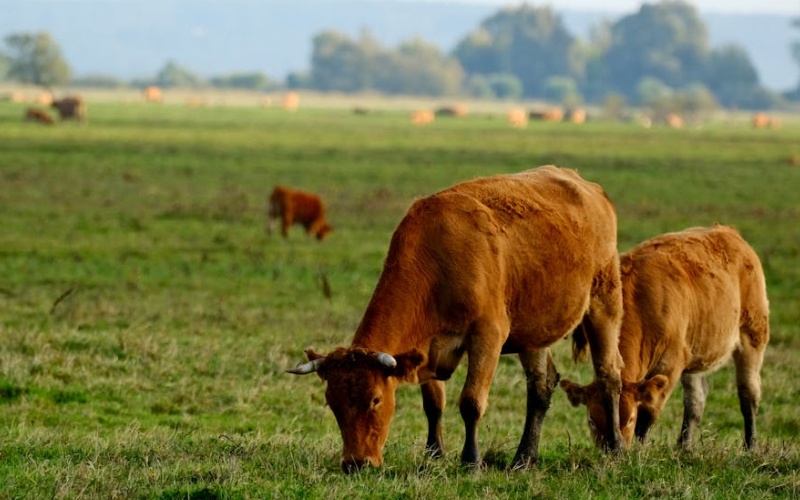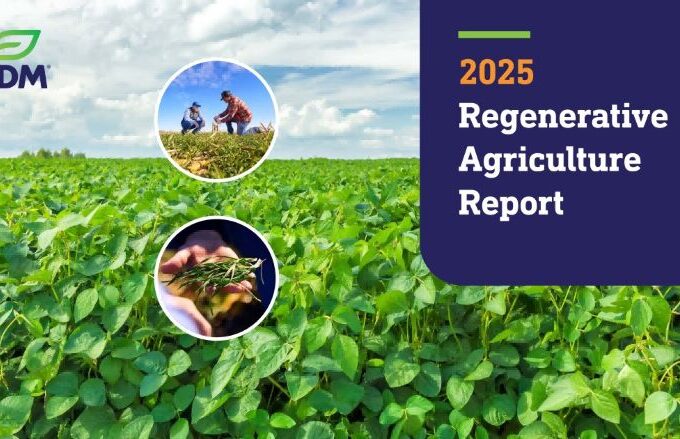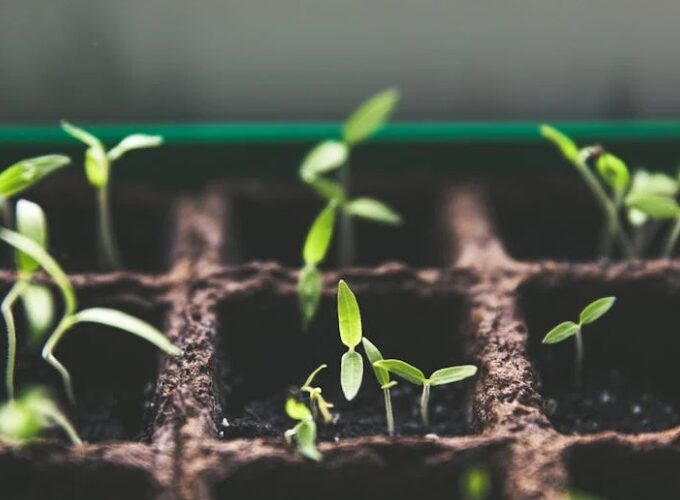According to the latest OECD-FAO Agricultural Outlook 2025–2034, global agricultural and fishery output is projected to rise by about 14% over the next ten years, while consumption will grow by roughly 13%. This growth reflects complex factors such as the ongoing rise in the global population, increasing income levels in developing countries, and changes in dietary patterns driven by urbanization.
By 2034, the world population is expected to reach nearly 8.8 billion, with Sub-Saharan Africa and South Asia accounting for the majority of the increase. These regions will see the fastest growth in demand for grains, dairy, meat, and fish products. In contrast, China’s population will decline slightly, but its dietary shift toward higher protein intake will continue to influence global trade flows.
Technology Boosts Production Efficiency
The report highlights that productivity improvements—rather than land expansion—will drive most of the production increase. Cereal output is projected to grow at an annual rate of 1.1%, largely due to yield enhancement. Roughly 40% of global cereals will be consumed directly by humans, while about one-third will be used for animal feed, reflecting rising demand for animal-based food.
Livestock and dairy production are expected to rise by 17%, and aquaculture will remain the fastest-growing food sector, particularly in Asia. However, despite these gains, low-income countries will still lag behind in nutrition. Average daily calories from animal-source foods in these countries will reach just 143 kcal per person by 2034, far below the recommended levels for a balanced diet.

Sustainability Remains a Key Challenge
The growth in agricultural output has not come without a cost, as environmental pressures and persistent inequality pose dual challenges for future agricultural development. OECD and FAO warn that agricultural expansion will add around 6% more greenhouse gas emissions by 2034, even as efficiency gains reduce carbon intensity. Without accelerated adoption of emission-reduction technologies and better water and soil management, climate change could undermine yield improvements in vulnerable regions.
The report also underscores growing inequality in agricultural development. While middle-income countries are expected to benefit from technological progress and trade access, many low-income nations still face constraints such as poor infrastructure, limited financing, and insufficient research capacity. Policymakers are urged to balance production goals with sustainability and equity, ensuring that the next decade’s agricultural growth supports both food security and climate resilience on a global scale.










